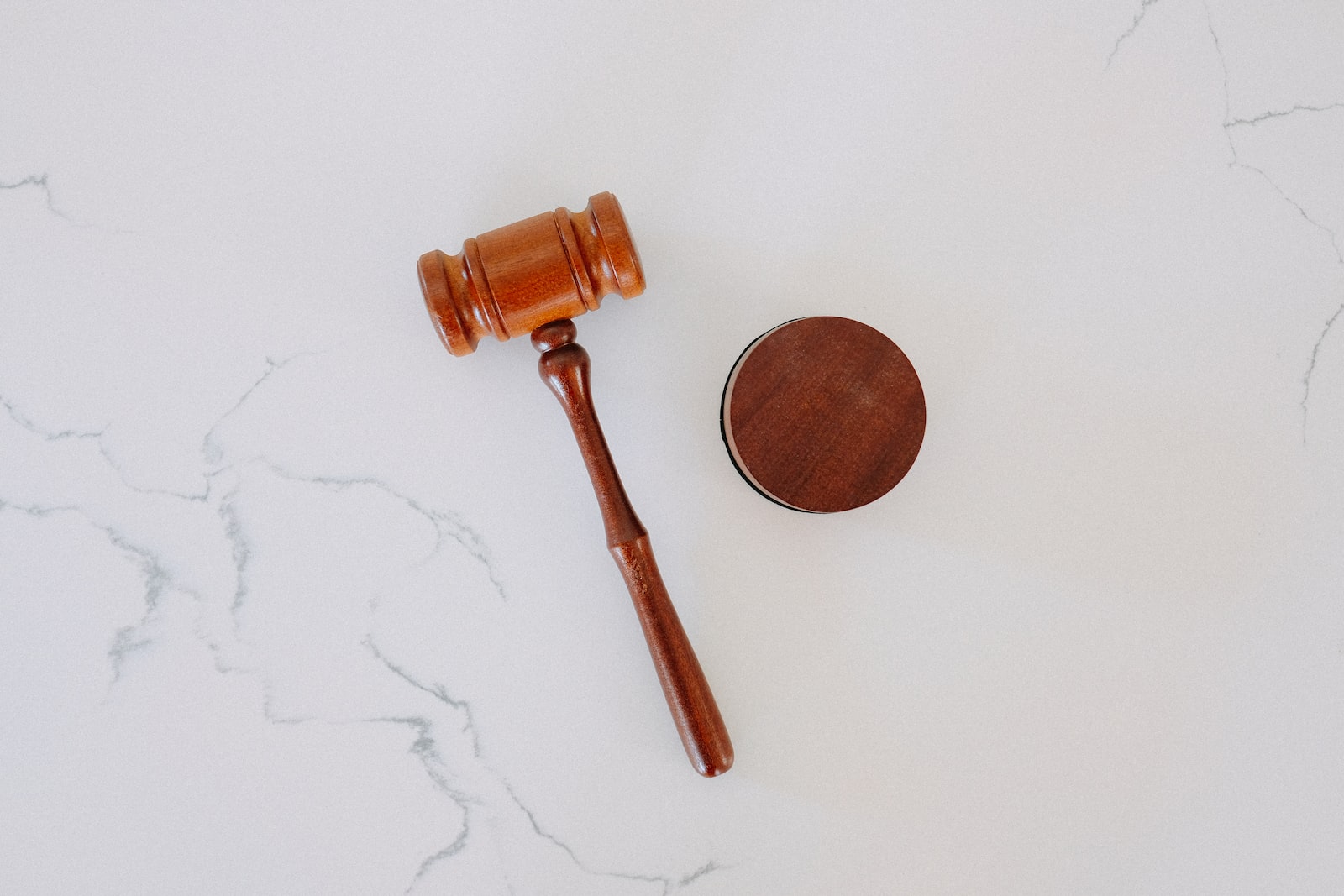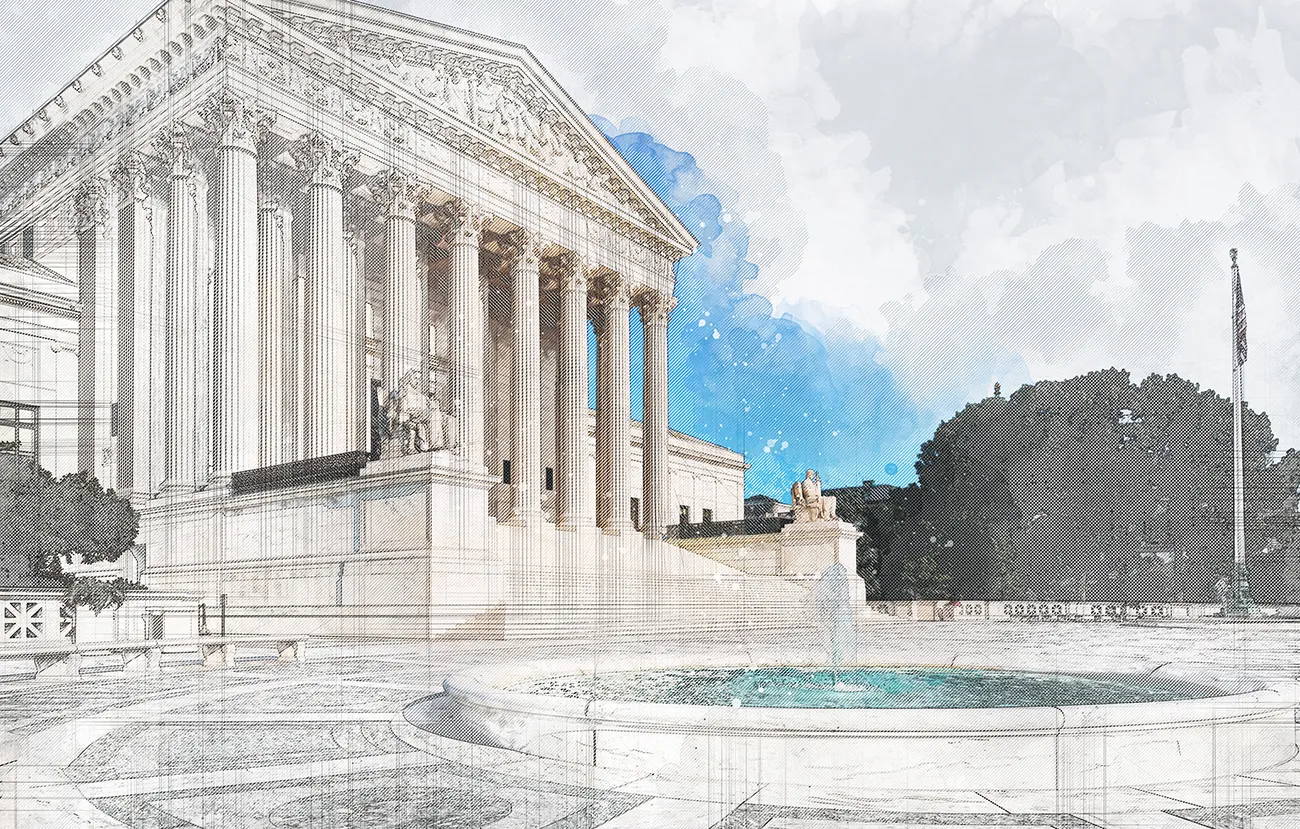EU’s Highest Court to Weigh Whether Hyperlinking Will Remain Legal in Europe
Tomorrow, the Court of Justice of the EU (CJEU) in Luxembourg will hear arguments in a case about one of the most fundamental online activities: hyperlinking. The case may decide the fate of the World Wide Web in Europe. This isn’t hyperbole. Let us explain.
As any Internet user knows, linking is the lifeblood of the web. By connecting webpages together, links are what enable the interconnected nature of the web; they’re why we call it a “web” in the first place. It turns out that under current EU copyright law, hyperlinking may have (far-reaching) legal consequences, as the CJEU has been asked yet again how to apply copyright law to hyperlinking on the web.
To begin with, you read that right: it’s 2016, and European courts are still wrestling with the question of whether posting a link violates copyright law. The issue has come to a head in the GS Media case (Case C-160/15) due to be heard tomorrow in Luxembourg.
This is not the first time the CJEU has been asked to interpret hyperlinking in light of European copyright rules. The CJEU’s attempts to square linking with copyright began in 2014, when it was called upon to decide whether a link to a newspaper article violates copyright law in the Svensson case. The article itself was perfectly lawful. It was posted by the news publisher on its own website. Nevertheless, the journalist who wrote the article sued Retriever Sverige, an online service providing hyperlinks to its clients. The suit claimed that merely by linking to the publisher’s article, Retriever Sverige violated copyright.
Crazy, right? Fortunately, the CJEU got it right. In Svensson, the court held that you do not need a copyright license to link to an article that was posted on the internet with the authorization of the copyright holder.
To be precise, the crucial legal question in Svensson was whether a link to a piece of content “communicates” that work “to the public.” Under European copyright law, “communication to the public” is one of the exclusive rights that belongs to the rightsholder. If a link is a “communication to the public,” then you need the rightsholder’s permission to post that link on Twitter, Facebook, or your own blog.[1]
In Svensson, the CJEU concluded that a link is a communication within the meaning of “communication to the public.” But it let the defendant off the hook on the theory that the communication was not “to the public,” because the hyperlinks provided by Retriever Sverige did not communicate the articles to a “new public.” Simply put, the court reasoned that once the copyright holder makes the work available on the web without technical restrictions (i.e., no paywall), then posting a link to the material doesn’t communicate it to any audience that wasn’t already intended by the copyright holder. Thus, it’s fine to link to something publicly posted online, provided it was posted with the copyright holder’s authorization. No further licensing is required. So, common sense prevailed and crisis averted, right? Not so fast.
Svensson left a crucial question unanswered, and perhaps that question is already clear: What about a link to something that the copyright holder didn’t authorize? For example, what if you post a link on social media to a Buzzfeed article where one of the images that appears in the story wasn’t properly licensed from a photographer, or you link to a leaked document? And where does that leave search engines and other information location tools, which can’t very well determine whether every image, video clip, or article on the websites to which they link has been authorized by the relevant copyright holders before providing you a search result?
This is the question that is before the CJEU in tomorrow’s GS Media case. The defendant is a popular Dutch blog that posted links to photos meant for publication in the Dutch version of Playboy magazine, but which were leaked on an Australian server. No one knows who posted the photos to the Australian server, but everyone agrees that the blog only posted links to them. (For a complete rundown of the facts and lower court rulings, see here.) [2]
Because the ruling would apply to any link accessible in Europe, the impact of the GS Media case will extend far beyond Europe. If the CJEU rules that every web user, in Europe and beyond, is expected to verify the copyright status of every item on a page before linking to that page, it could effectively destroy the web as we know it today. Would you have to repeatedly check back on the sites you link to, in case the content on the site you linked to has changed? Would you need to confirm that their licenses are all paid in full? Would you also have to verify the copyright status of links on the pages that you’re linking to? [3] If any of this were the case, social media, search, blogs, comment sections, online journalism could be faced with unmanageable legal liability.
The Svensson case was an extreme one, and the CJEU recognized that an adverse ruling could effectively break the web. The court attempted to fashion a result that would avoid that. It remains to be seen whether the CJEU recognizes that GS Media presents the same risk.
(For a complete legal analysis of the GS Media case, see CCIA’s Comments on the case here).
—————
[1] The “communication to the public” right derives from the WIPO Copyright Treaty, but not all countries use this approach to secure an author’s right to disseminate their work. U.S. copyright law, by contrast, does not provide rightsholders a ‘communication to the public’ right. Instead, it grants exclusive rights in public performance, display, and distribution. Because the simple act of linking does not directly implicate any of these rights, U.S. courts have not had to struggle with this particular question. To the extent that they have, they have sensibly concluded that it is not the person providing a link, but the site transmitting the infringing content, who “performs” or “displays” the work at issue.
[2] Some might argue this case is easier because the Dutch blog in GS Media continued posting more links, even after it was alleged that the photos were leaked without Playboy’s authorization. The CJEU has also been asked whether knowing that something is infringing when you link to it should make a difference. It probably should make a difference. In fact, this is likely how U.S. copyright law would address this question: courts might assess whether you are indirectly, but materially contributing to the infringement by knowingly linking to something infringing? If the answer is yes, then you could be indirectly liable, where someone else was the direct infringer. In GS Media, however, we are trapped by an important European distinction in copyright law: the CJEU decides questions about direct liability. Indirect liability is left to the national laws of the EU member states. Thus, while the proper question to pose here is whether the Dutch blog indirectly contributed to infringement by another, that’s not an area that the CJEU gets to opine on. Instead, it has been asked whether posting a link can directly violate the “communication to the public” right.
[3] Such verification would be required to avoid liability because of this practical implication: if linking from page X to infringing page Y is illegal, than linking from pages A, B, C, etc. to page X might be argued to be unlawful as well. That is because page X carries a hyperlink ‘communicating’ content that has not been authorized by the rightsholder. This could lead to a domino effect across the whole web.








